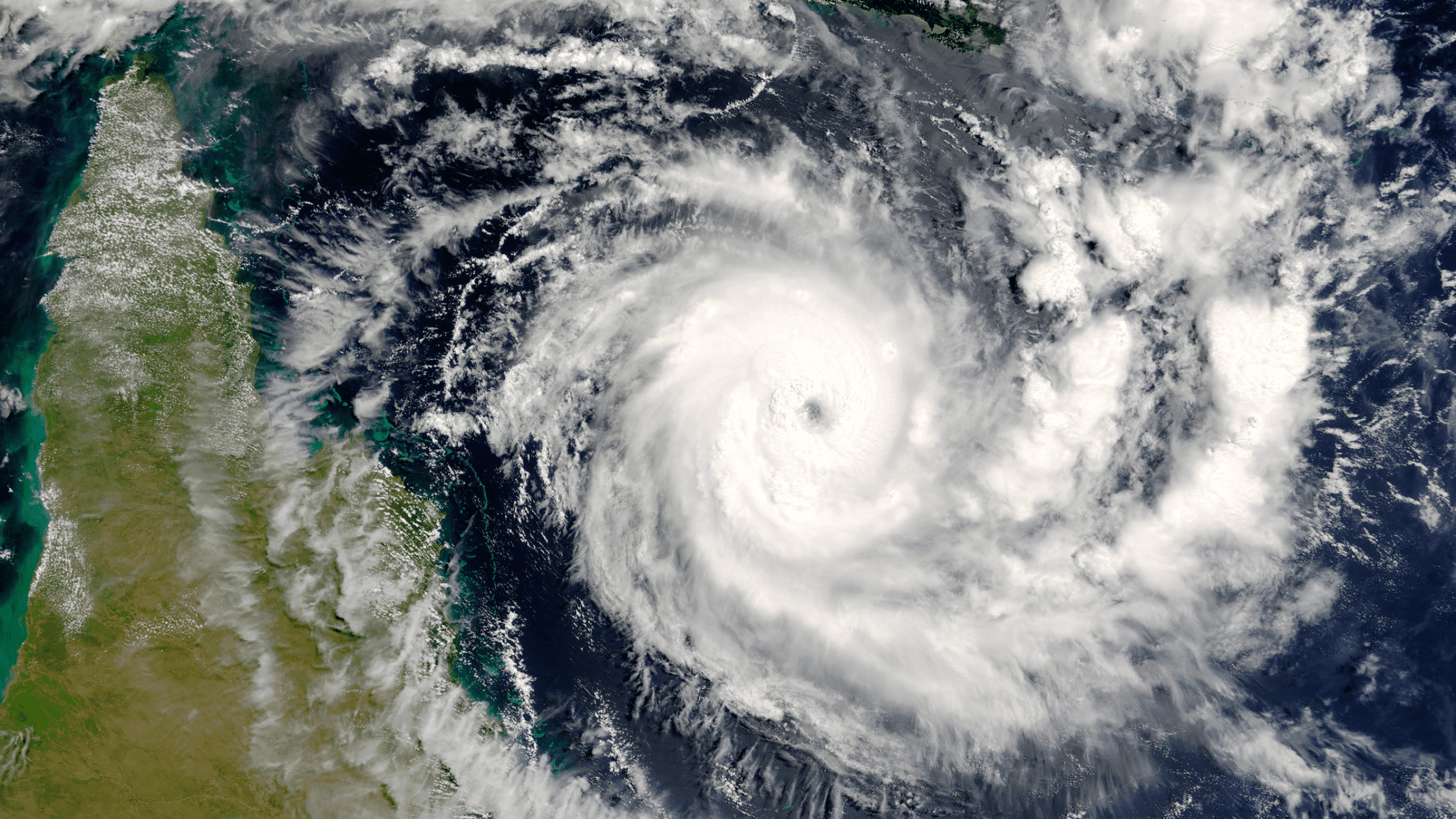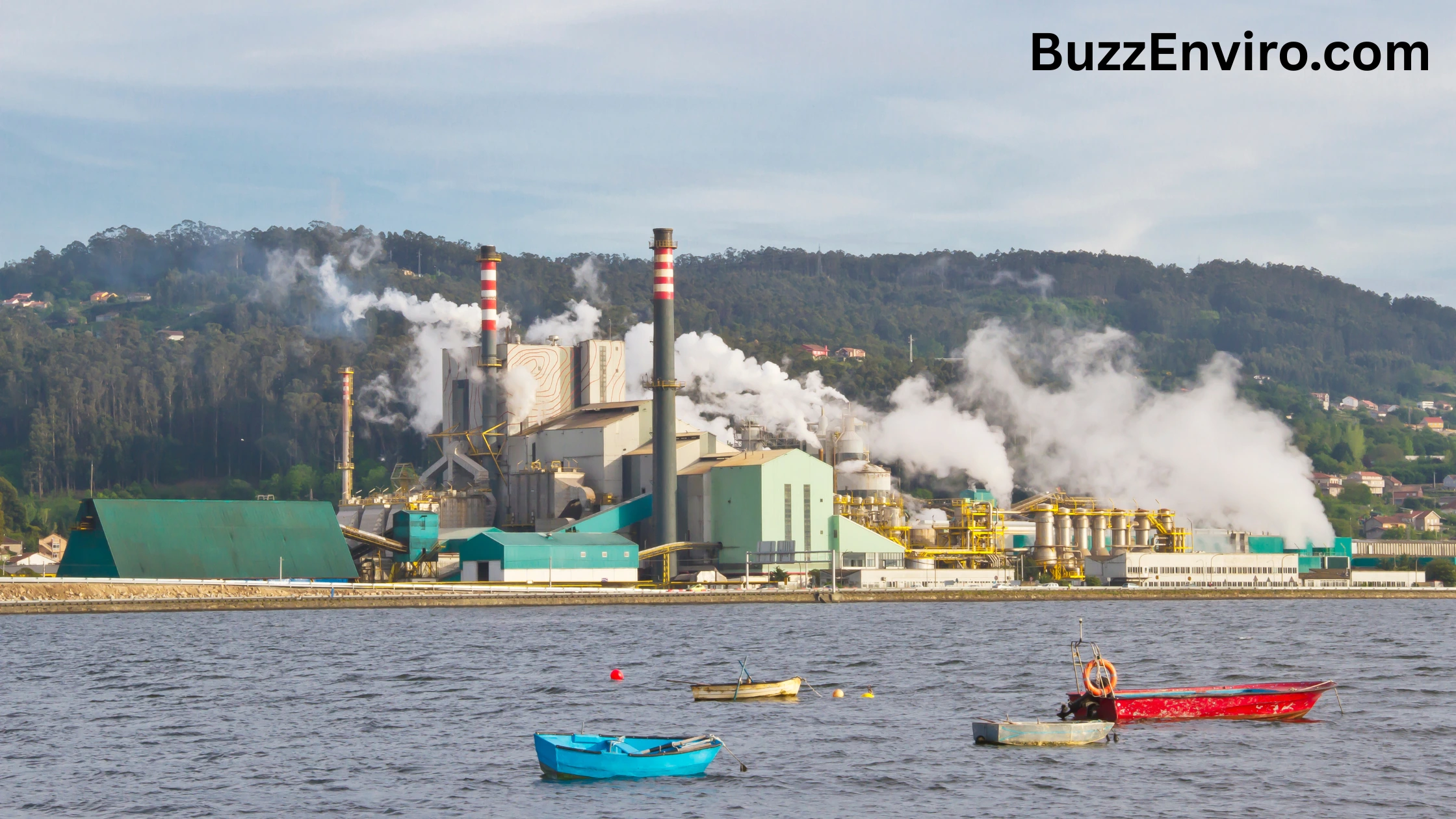Open pit mining is a type of surface mining that is done in an open environment using a mechanical process. It has a lot of negative impacts on the environment. A study has shown that open pit mining releases 8 to 10 times the amount of waste material into the environment compared to underground mining. The effects of open pit mining on the soil, the water, the air, and the living things around the mining area are significant. In this article, we are going to talk about open pit mining and some of the environmental problems that it causes. So let’s get started.
What is Open Pit Mining
Open-pit mining involves mining the surface of the earth to extract minerals or ores that are in a shallow layer of the earth. If mineral ores are in a deep layer of the earth, we need an underground tunnel to get them out. This is not possible in an environment that is open.
In surface mining, the shape is already planned and optimised for maximum yield. Most open-pit materials are non-coal, but it also depends on the nature of the mineral ore.
Example of Open Pit Mining
Open-pit mining begins by determining the nature of the deposit. The shape of the deposit is always cone-shaped. The deeper the mining depth, the more expensive it is to transport the mineral ore from the mine to the processing plants.
In this case, horizontal branches are used and the mineral ores are exposed to the surface of the concave. In some cases, the poisonous chemicals, which tend to remain in small amounts in the soil, are released into the air, the water, and the soil, which is very damaging to the environment.
Environmental Impact of Open Pit Mining
Now that we have a better understanding of open pit mining, let’s take a closer look at why surface mining is so damaging to the environment. Below are six problems and impacts of surface mining:
1. Soil Erosion and Pollution

This is a common practice in all surface mining operations. In order to access the mining zone for the extraction of the minerals, we remove the surface soil, the rocks, and the available vegetation. This removes the topsoil, causing soil erosion. The rocks that were once deep underground are exposed to the environment. By breaking and polishing the rocks, the harmful chemicals and radioactive materials are removed. This has a significant impact on the soil of the area and the surrounding area.
Other causes of land damage and deterioration include the mining of mineral deposits and overloading.
2. Water Contamination

Unregulated mining operations have a huge impact on our water systems. In some cases, mine construction disturbs the water bodies. The resulting overburden is mined and damped, resulting in tons of waste. Some of the waste products come from the mining of mineral ores during the excavation process, while others are intentionally mixed during the extraction and processing process.
These contaminants end up in nearby water and have a negative impact on the aqueous environment. However, the level of exposure to toxic chemicals varies depending on the ore mining process.
During the process of overburden removal, some of the rocks are crushed to reveal radioactive contaminants. If not properly treated, these contaminants could migrate and mix with the water in the area.
3. Species Extinction

Mining in open-pit operations has become more damaging to the environment as it affects our biodiversity. The majority of the mining sites are located in highly biodiverse areas. This makes us question our commitment to sustainable development. Mining is essential for our economy but open-pit operations still pose questions about environmental protection.
Most surface mining species die out because of extensive land degradation. Pollutants released during the process suffocate the organisms living on that landmass.
More recent studies have revealed significant impacts of open-pit mining on some of the world’s most endangered species. This is a major argument in favour of sustainable mining practices. Another impact of open-pit surface mining is habitat fragmentation.
4. Sinkhole Formation

Sinkholes are cavities that form as a result of the deformation or displacement of the underlying rock. Poor mining practices in open pits can lead to the formation of sinkholes and can make the environment more prone to damage. Possible causes of sinkholes include inadequate removal of overburden, shallow depth mining, geological faults, earthquakes, floods, etc.
Sinkhole subsidence is one of the main reasons surface structures (such as buildings) are damaged. Sinkholes can have a significant effect on water flow. Other cavities can also cause damage to nearby vegetation and habitats by releasing chemicals.
5. The Toxicity Affects the Air

According to a list compiled by the Department of Environment, some minerals mining operations cause more environmental damage than others. One of the most damaging effects of open pit mining on the environment is air pollution.
Those minerals include coal, gold, limestone, manganese, iron ore, lead, zinc, copper, pyrite, bauxite, chromite, dolomite, apatite and rock phosphate fireclay, barytes, silica sand, kaolin.
After mining, mining ores produce a large amount of toxic waste that, when mixed with the atmosphere, creates air pollution.
Suspended particulate matter (SPM) and respirable particle matter (RPM) are pollutants that are produced in open-pit mines and are more dangerous than emissions from cars.
In addition, the high combustion of fossil fuels during mining operations leads to environmental pollution. Not only does this have a negative impact on mine workers’ health, but it also has a negative impact on the local environment and the local plants and animals.
6. Deforestation and Vegetation Loss

However, to put it another way, the environmental impact of open pit mining is deforestation and loss of vegetation. In addition to topsoil rock removal, we also remove vegetation within the mine, resulting in a food chain imbalance and food web instability.
According to a report, 44% of the world’s mines are located in forest ecosystems rich in fascinating biodiversity. Our efforts to boost the economy have a direct and indirect impact on the environment. This brings us to the root cause of species loss, threat and habitat degradation.
Conclusion
These are the damaging effects or issues that open-pit mining has on the environment. Uncontrolled mining practices lead to more hazardous impacts. However, with government and other control measures, we can limit the devastating effects surface mining has on our planet. Advances in technology are one of the main ways to reduce the impact.
Higher levels of government in several countries are also taking other steps to reduce waste generation. Special attention is also being paid to refining the pollutants before they are released into the environment.
In addition to this, several other studies and research projects are also uncovering more sustainable mining methods that have minimal or no effect on the environment.
Frequently Asked Questions
What are the examples of Open Pit Mining?
The examples of Open Pit mining are Clay, coal, Iron, Gold, Copper etc. that are extracted from Open Pit mines
Is Open Pit Mining is Dangerous?
Yes sometime it is dangerous as it produces the harmful pollutants that totally depends which types of mineral is mined.

Have additional inquiries?
We are here to help. Let’s engage in a conversation.





